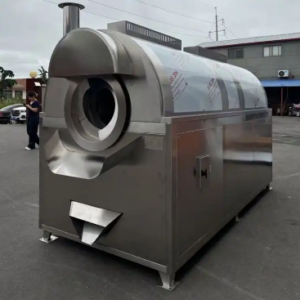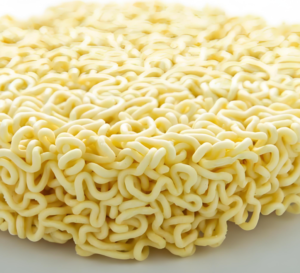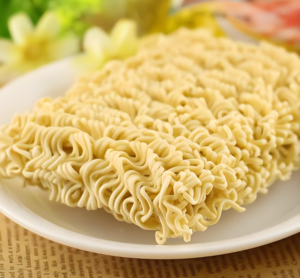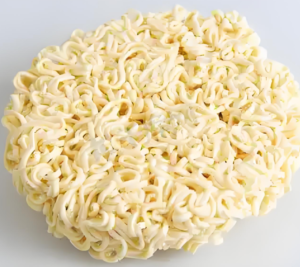How to Make Nutrition Rice ?
Nutrient-enriched rice, also known as fortified rice, is a powerful solution to address malnutrition and dietary deficiencies. It involves enhancing regular rice with essential vitamins, minerals, and other nutrients. Here’s a step-by-step guide on how to make nutrient-enriched rice:
1. Ingredient Selection
Start with high-quality rice as the base. Choose long-grain, medium-grain, or short-grain rice depending on the target market. For fortification, select nutrients that address common deficiencies, such as:
- Vitamins: Vitamin A, B1 (thiamine), B3 (niacin), B6, B9 (folic acid), and B12.
- Minerals: Iron, zinc, calcium, and magnesium.
- Protein: Optional addition of plant-based proteins or amino acids.
2. Nutrient Premix Preparation
- Prepare a nutrient premix by blending the selected vitamins and minerals in the correct proportions.
- Use a carrier (such as maltodextrin or rice flour) to ensure even distribution of the nutrients.
- Ensure the premix is stable and compatible with the rice to prevent nutrient loss during processing or storage.
3. Fortification Methods
There are several methods to fortify rice. The most common include:
a. Coating Method
- Mix the nutrient premix with a food-grade coating agent (e.g., wax or gum).
- Spray the mixture onto the surface of the rice kernels in a rotating drum.
- Dry the coated rice to ensure the nutrients adhere properly.
b. Dusting Method
- Blend the nutrient premix directly with the rice kernels.
- Use a tumbler or mixer to ensure even distribution.
- This method is simpler but may result in some nutrient loss during washing or cooking.
c. Extrusion Method
- Create rice-shaped kernels using a mixture of rice flour, nutrients, and water.
- Extrude the mixture through a die to form artificial rice kernels.
- Blend these fortified kernels with regular rice at a ratio of 1:100 or 1:200.
4. Drying and Stabilization
- Dry the fortified rice to reduce moisture content and improve shelf stability.
- Use low-temperature drying methods to prevent nutrient degradation.
- Ensure the rice is properly cooled before packaging.
5. Quality Control
- Test the fortified rice for nutrient content to ensure it meets the required standards.
- Check for uniformity in nutrient distribution and kernel appearance.
- Conduct sensory evaluations to ensure the fortified rice retains the taste, texture, and aroma of regular rice.
6. Packaging
- Use airtight, moisture-proof packaging to preserve the nutrients and extend shelf life.
- Consider vacuum-sealing or using nitrogen-flushed packaging to prevent oxidation.
7. Storage and Distribution
- Store the fortified rice in a cool, dry place to maintain nutrient stability.
- Ensure proper handling during transportation to prevent breakage or nutrient loss.
8. Consumer Education
- Educate consumers on the benefits of nutrient-enriched rice.
- Provide cooking instructions to minimize nutrient loss during preparation (e.g., avoiding excessive washing or overcooking).
Conclusion
Nutrient-enriched rice is an effective way to combat malnutrition and improve public health. By carefully selecting ingredients, using appropriate fortification methods, and ensuring quality control, you can produce rice that is both nutritious and appealing to consumers. This innovative approach has the potential to make a significant impact on global food security and nutrition.








